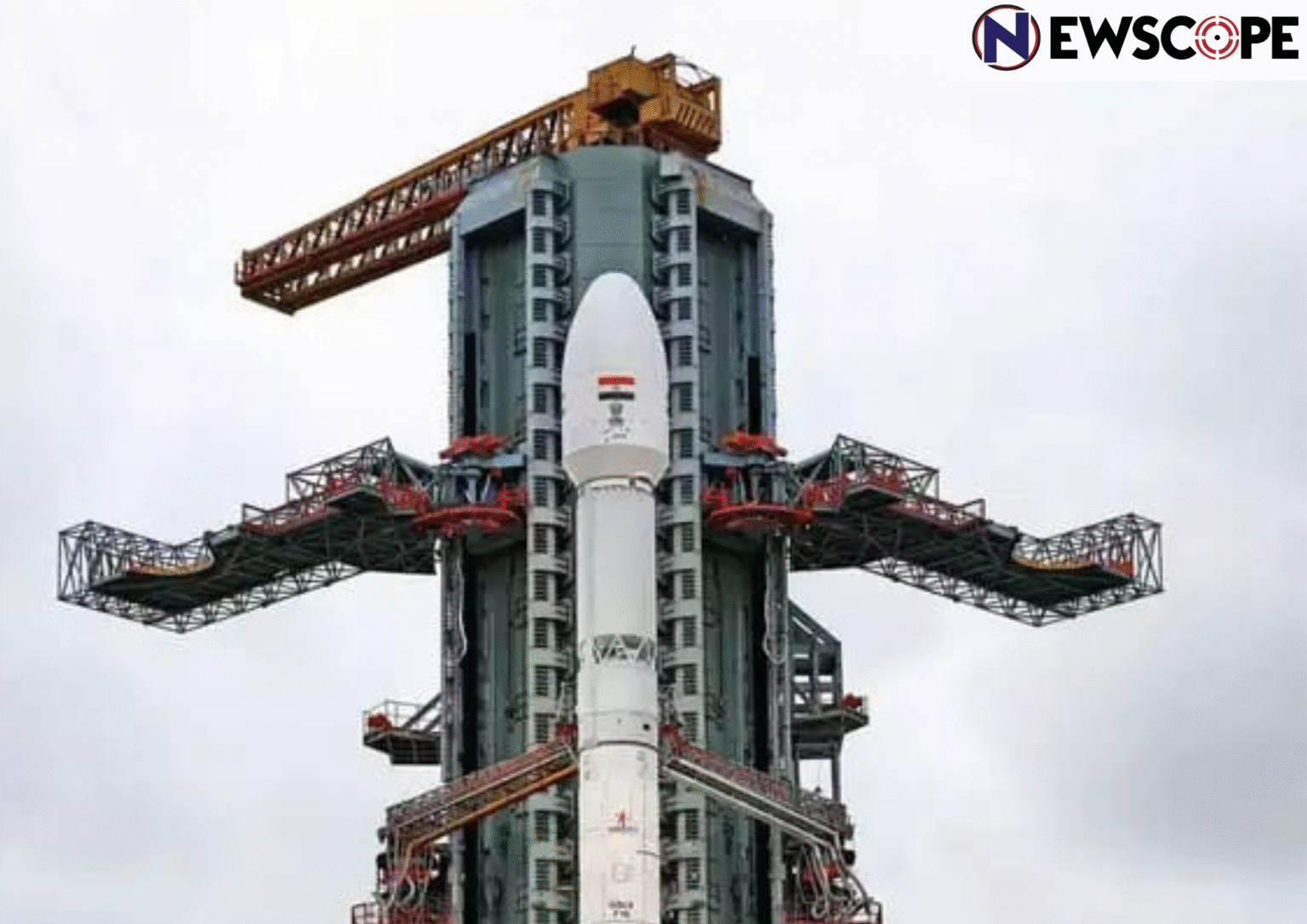The world’s most expensive civilian Earth imaging satellite, NISAR (NASA-ISRO Synthetic Aperture Radar Satellite), has launched from Sriharikota in Andhra Pradesh and has reached its orbit.
The Geosynchronous Satellite Launch Vehicle GSLV-F16 rocket, which carries the $1.3-billion satellite, lifted off at 5:40 PM on Wednesday. This satellite is a joint effort between India’s space agency ISRO and the US’s NASA. It marks the first collaboration between these two agencies.
“Liftoff. And we have liftoff! GSLV-F16 has successfully launched with NISAR onboard,” ISRO announced on X.
In an earlier conversation with NDTV, ISRO Chairman Dr. V Narayanan said the launch represents a significant step for India in satellite technology leadership.
“From that humble beginning, the launch of India’s first satellite, Aryabhata, with Russia’s help in 1975, when India relied on other nations for satellite technology, we are now gradually taking on a leadership role. Today, two great countries have built an important satellite together, and I’m extremely happy that it will be launched by our vehicle from Indian soil,” Mr. Narayanan stated.
After the launch, the ISRO chairman expressed his satisfaction, saying, “I am extremely happy. NISAR has been successfully and precisely injected into its intended orbit.”
NISAR weighs 2,392 kg and will enter a Sun Synchronous Polar Orbit; this is the first time a GSLV has accomplished this. Typically, PSLVs (Polar Satellite Launch Vehicles) are used for such orbits.
The satellite has been in development for more than a decade and is expected to operate for five years. It will orbit the Earth every 97 minutes, capturing images of land and parts of the ocean every 12 days.
This unique Earth imaging satellite is a technological breakthrough that could save lives by predicting natural disasters and providing warnings. Its dual-band radar—L-band from NASA and S-band from ISRO—will enable scientists to monitor the Earth with remarkable precision.



